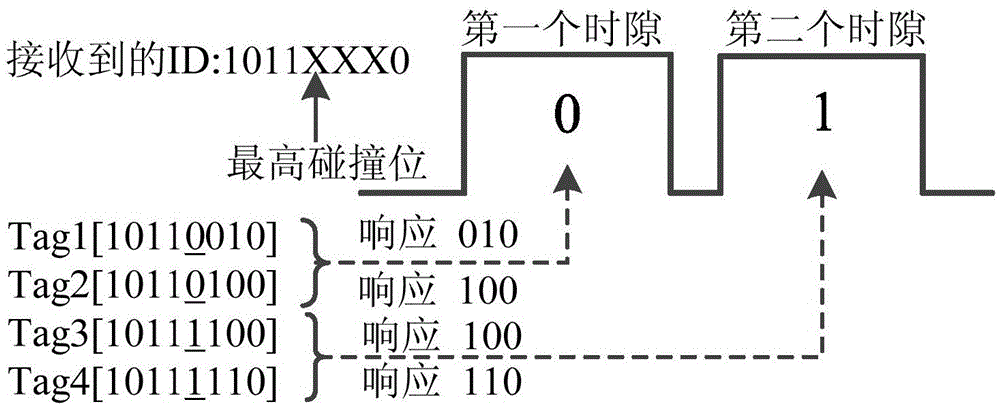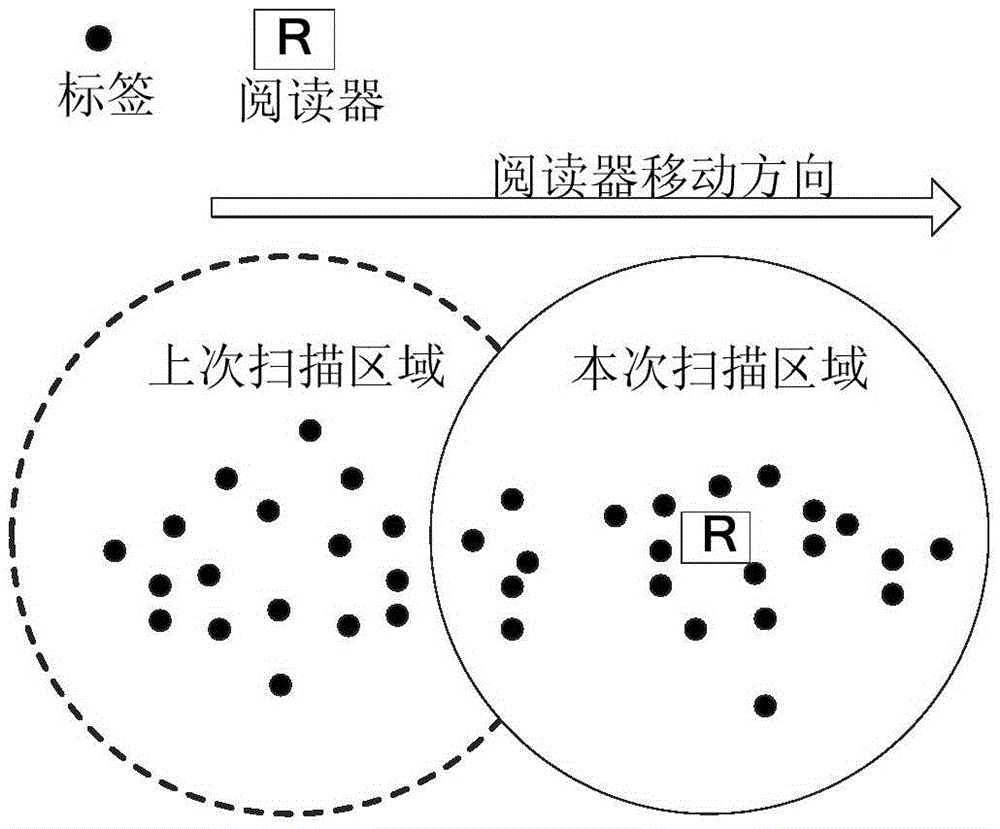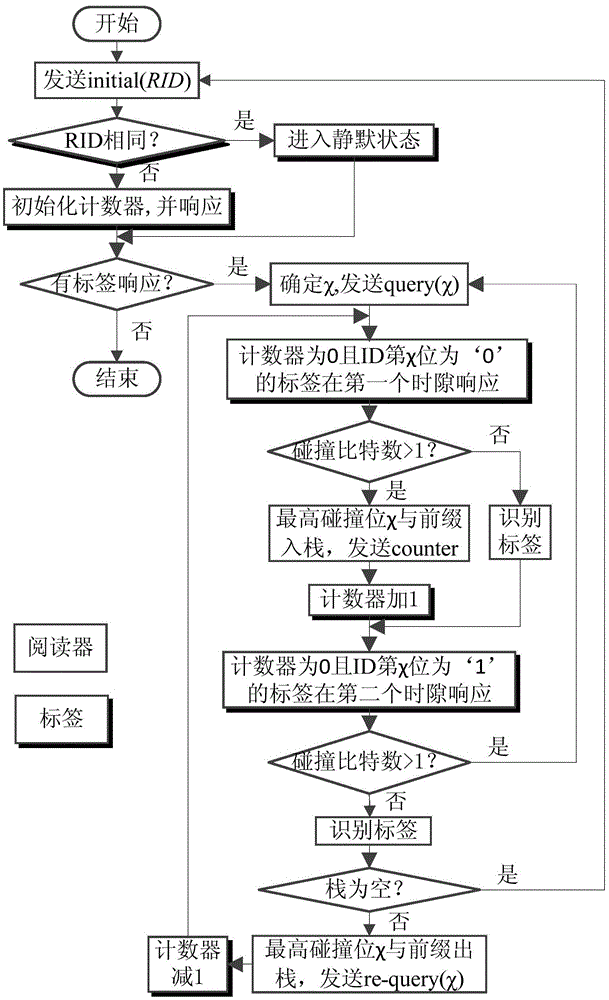A Tag Anti-collision Method Based on Low Redundancy Search Tree
A search tree and anti-collision technology, applied in the field of the Internet of Things, can solve the problems of high communication overhead, achieve the effect of reducing communication overhead, saving communication overhead, and halving the number of query commands
- Summary
- Abstract
- Description
- Claims
- Application Information
AI Technical Summary
Problems solved by technology
Method used
Image
Examples
Embodiment Construction
[0012] Below in conjunction with accompanying drawing and specific embodiment the present invention is described in further detail:
[0013] The present invention proposes a tag anti-collision method based on a low-redundancy search tree based on the improvement of the return-type dynamic search tree method. This method has been improved from three aspects: the number of inquiries by the reader, the length of the inquiry command, and the number of response time slots. It proposes a "one question and two answers" inquiry method, a counter "trigger switch", a predictive identification and a tag shielding mechanism, which further reduces the number of inquiries. Redundant data generated during the process.
[0014] A. "One question and two answers" inquiry method: reduce the number of reader inquiries. For all IDs of collision tags, the sequence of high bits before the highest collision bit is the same, except that the highest collision bit is '0' or '1' respectively. Utilizing...
PUM
 Login to View More
Login to View More Abstract
Description
Claims
Application Information
 Login to View More
Login to View More - R&D
- Intellectual Property
- Life Sciences
- Materials
- Tech Scout
- Unparalleled Data Quality
- Higher Quality Content
- 60% Fewer Hallucinations
Browse by: Latest US Patents, China's latest patents, Technical Efficacy Thesaurus, Application Domain, Technology Topic, Popular Technical Reports.
© 2025 PatSnap. All rights reserved.Legal|Privacy policy|Modern Slavery Act Transparency Statement|Sitemap|About US| Contact US: help@patsnap.com



